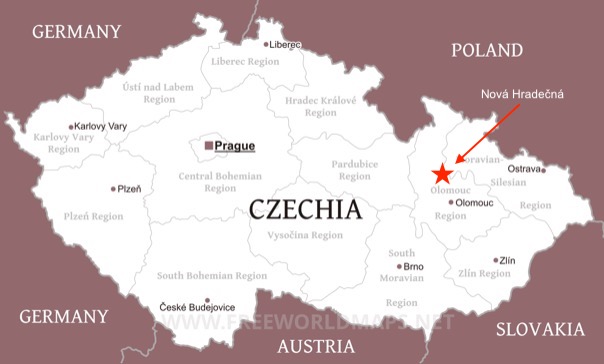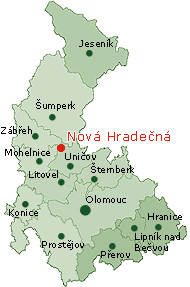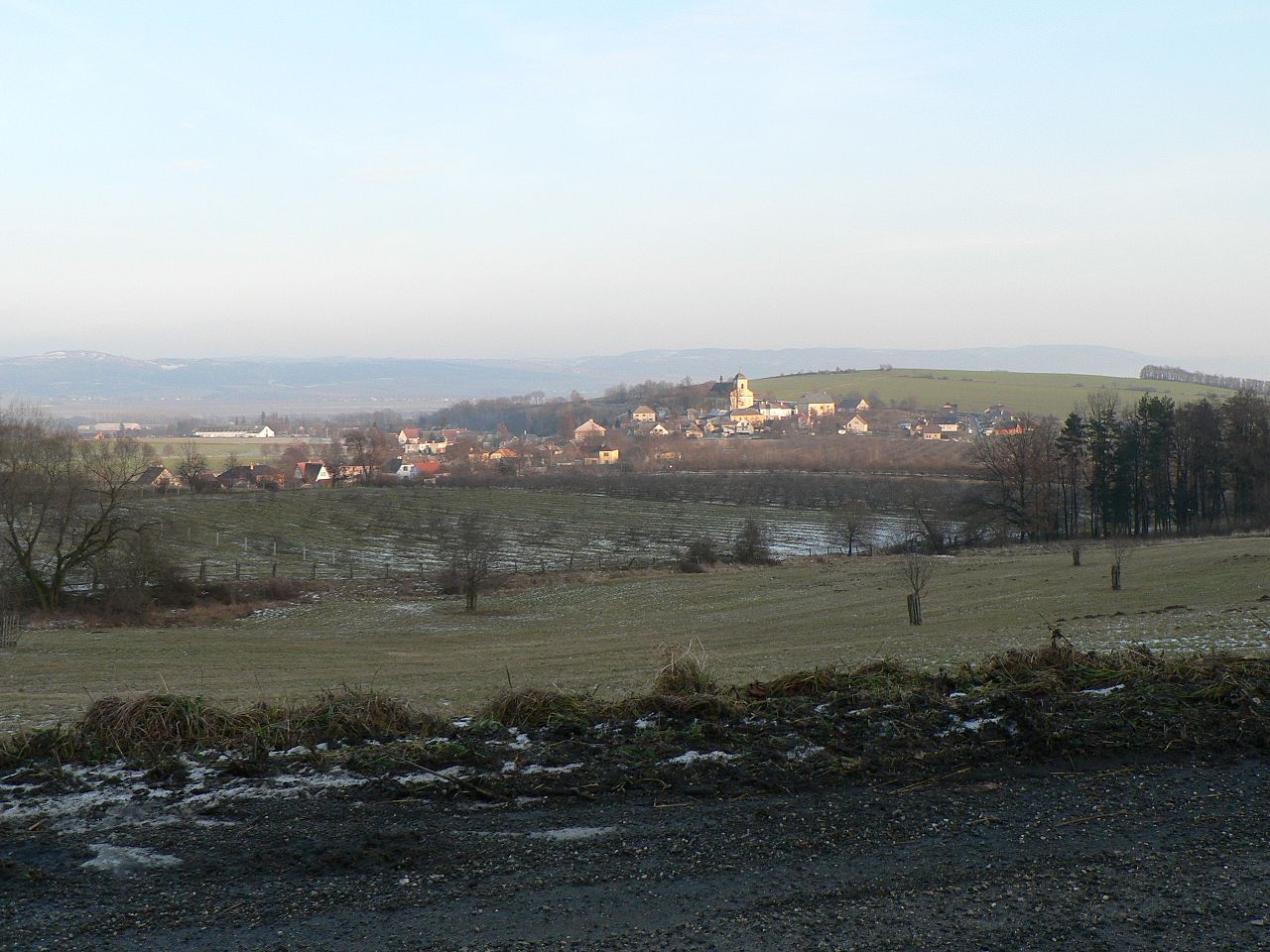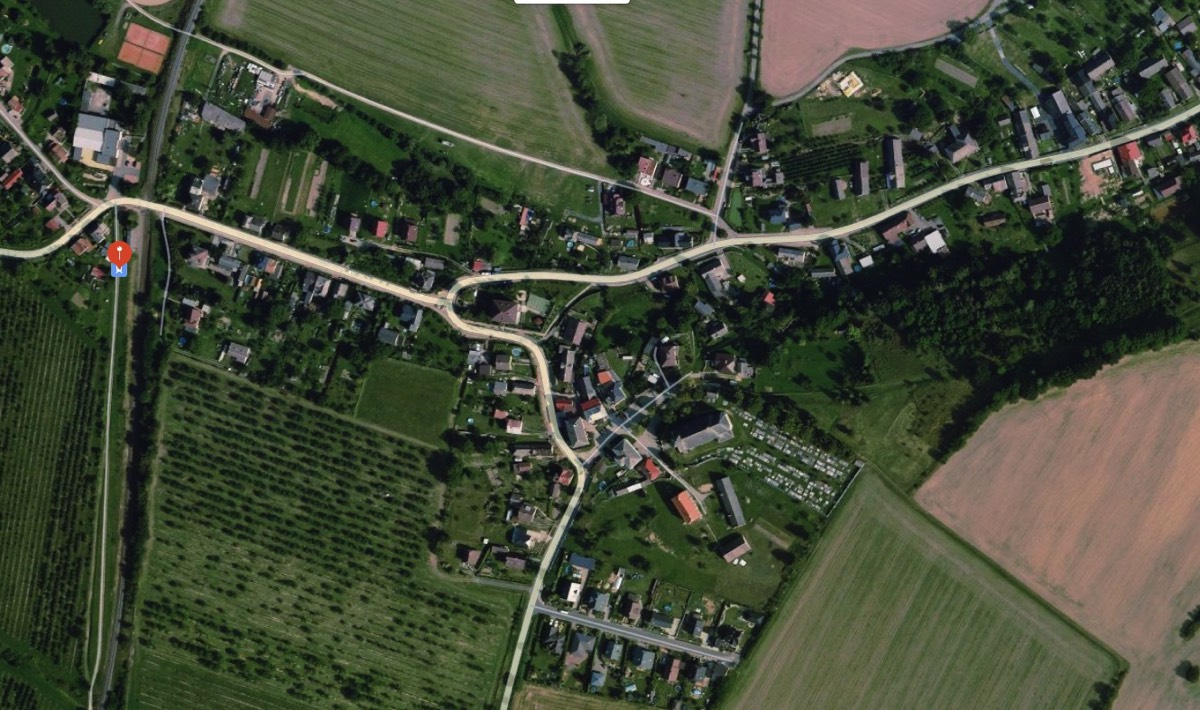Where is Nova Hradečná?





Ancient History
The oldest known residents of Moravia were the Celtic Boii and Cotini, who withdrew from the area around 60 BC. The Celts were followed by the Germanic Quadi who lived there before they were driven out by Attila the Hun around 440. Slavic Tribes moved in after the death of Attila in 453 AD.
The Eurasian Avars invaded from the east around 550, where they remained until the Avars were defeated by Charlemagne, King of the Franks in 796, enabling Moravians to return to their land. Moravia became a kingdom at this time, under Moimir. Moravians tried several times to become independent, but without success.
The Moravian Kingdom was Christianized by the Franks and Italians with the help of Cyril and Methodius of Greece, who took time to learn the Slavic language.
Middle Ages
The Moravian Kingdom fell apart with the death of King Svatopluk I in 895 and was taken over by the Magyars who were from what is present-day Hungary. The Magyars are credited with demonstrating that castles could be defeated by a successful siege, that is, surrounding the castle and waiting until the castle inhabitants starved and gave up. The Magyars were in turn defeated by the German Emperor Otto I the Great at the Battle of Lechfield in 955, near Augsburg in Bavarian Germany.
The ally of Otto I, Duke Boleslaus I the Cruel, the Premyslid ruler of Bohemia, received Moravia in return for his help. The Premyslids were a Czech Royal family. King Boleslaus I is also known for ascending the Czech throne by killing his brother King Wenceslas, who is today known as Good King Wenceslas of Christmas carol fame. King Wenceslas was later canonized a Catholic saint.
Boleslaus eventually repented and had his son educated as a priest. Control of this remote area was weak and Duke Boleslaw I of Poland took over Moravia and Bohemia in 1003, and ruled it until 1029, when the Bohemian Duke Bretislaus I recaptured it from Poland.
In this time period German farmers, craftsmen, and miners were invited to come and settle the land, clearing the virgin forests to create fields and mines. They would own the land, pay taxes, and help slow down the invasions from the east. The Germans were died-in-the wool Catholics, while the Bohemians were not quite so attached. It wasn't long, though, before these lands were given by the King to his loyal soldiers and noblemen. The new "Lords of the Manor" began treating the working class and farmers as "chattel" that went with the land. The once industrious and adventurous population were forced into peasants during this time. This was happening all over Europe after the Crusades.
Renaissance
By this time, the Roman Catholic Church had become very powerful, aligning itself with the ruling Holy Roman Empire, whose Emperors were crowned by the Pope. This church-state collaboration ruled all aspects of the life of the citizens for centuries.
A famous Czech religious philosopher from Charles University in Prague, Jan Hus, campaigned for reform in the Catholic Church but was excommunicated and burned at the stake for his efforts in 1415, leading to the Hussite Wars from 1420 to 1434. Hus wrote extensively and is considered a National Hero in Czechia and is honored with a statue in Prague’s Old Town Square. The day of his death, July 6th is a National Holiday.
105 years later (1520) Martin Luther was excommunicated for defying church authority but was not executed. The problem was that the Czechs tended to become protestants and the German-speakers remained loyal Catholics.
Starting in 1642, Moravia was the scene a devastating war between the Empire’s forces and the Swedes, who occupied the city of Olomouc for six years until the Peace of 1648. Olomouc had been the traditional capital of Moravia, but it was moved to Brno when the Swedes occupied it. This war saw sixty-three castles, twenty-two large towns, and three hundred and thirty villages destroyed. The plague also swept away thousands of the inhabitants whom the war had spared. It was during this time that church records began to be made.
Our earliest known Kressa ancestor is Bartholomew Kressa, born in 1645.
